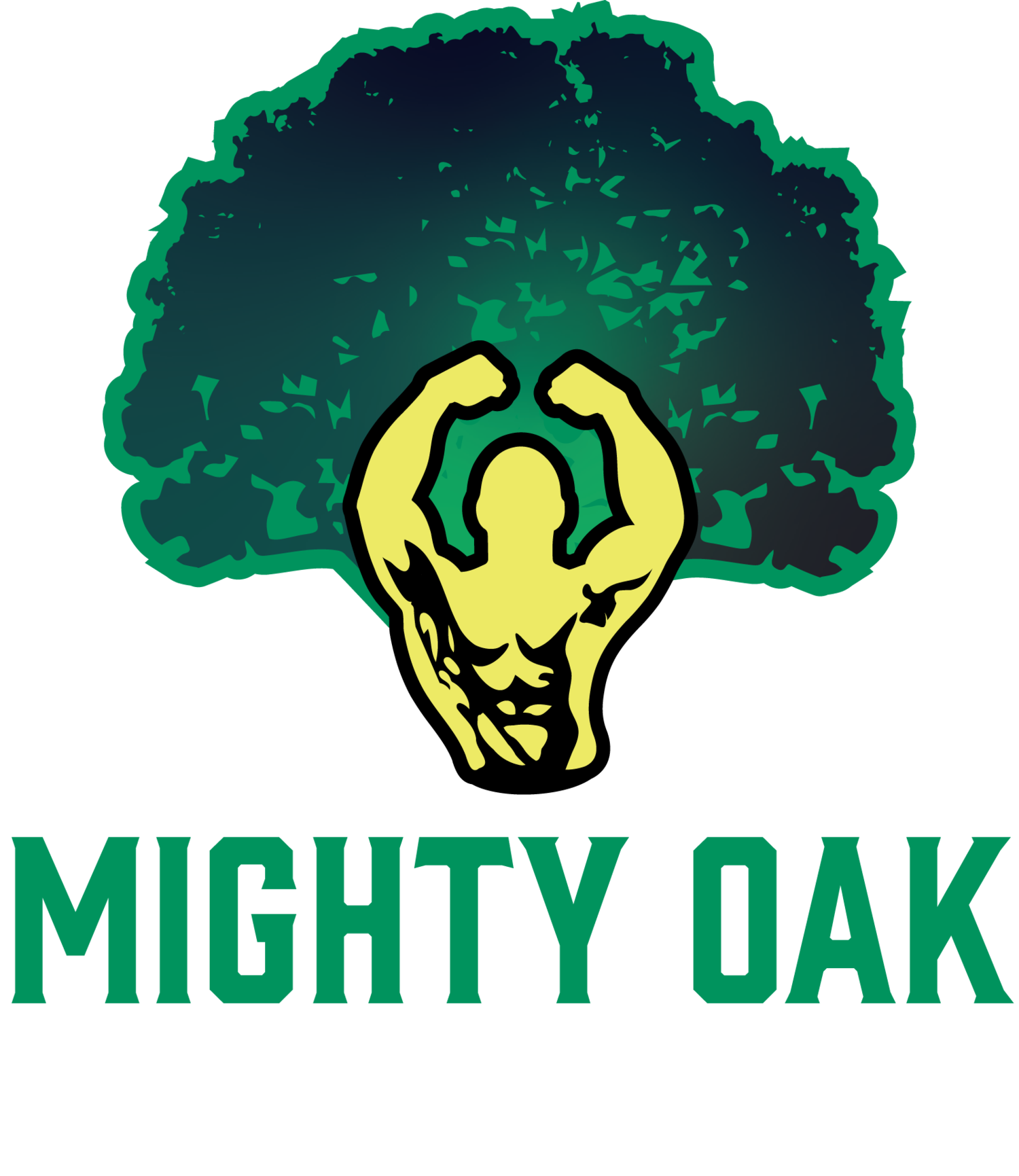How to Use Strength Training to Increase Speed and Agility on the Basketball Court
Elevating Athletic Performance Through Strength Training
The landscape of athletic training, especially in basketball and youth sports, has seen a paradigm shift over the years. With a historical focus primarily on skills and endurance, the integration of strength training has become a cornerstone for athletes seeking to enhance performance and minimize injuries. This evolution reflects a deeper understanding of athletic development in professional leagues like the NBA, collegiate sports within the NCAA, and grassroots youth athletics.
Evolution of Strength Training in Sports
Initially, there was a misconception in professional sports, particularly within the NBA and NCAA, that added muscle mass could hinder an athlete's performance by affecting their speed and agility. This belief persisted until advancements in sports science illustrated the undeniable benefits of strength training. By the end of the 20th century, the incorporation of specialized strength and conditioning coaches became standard practice, signifying a new era in athletic training where physical strength was recognized as a critical component of athletic success.
This shift also permeated youth sports, emphasizing the importance of early strength and conditioning to build a resilient foundation, enhance athletic performance, and significantly reduce injury risks.
The Advantages for Young Athletes
The benefits of strength training extend beyond the professional arena, offering young athletes improvements in muscular strength, endurance, flexibility, and bone density. Regular strength training can notably enhance an athlete's explosive power, speed, and agility—essential attributes for basketball players. Additionally, focusing on strengthening muscles around key joints helps in significantly lowering the incidence of sports-related injuries.
Effective At-Home Strength Training
Access to a gym or professional equipment is not a prerequisite for effective strength training. Bodyweight exercises offer a viable and potent option for athletes to maintain or enhance their strength. Key exercises include:
- Push-Ups for upper body strength.
- Squats for leg and core stability.
- Planks for core endurance.
- Lunges for leg strength and balance.
These exercises can be performed anywhere, requiring only the athlete's body weight and commitment.
Nutritional Considerations for Optimal Performance
Athletic performance is as much about proper nutrition and recovery as it is about training. A balanced intake of carbohydrates, proteins, and fats fuels the body for peak performance and facilitates recovery. Easy-to-carry snacks like nuts or yogurt and balanced meals like a chicken stir-fry with vegetables and brown rice are optimal for post-training recovery.
The Crucial Role of Rest
The significance of rest and quality sleep cannot be overstated. They are the periods during which the body undergoes repair and muscle-building, consolidating the gains made during training. Consistent, restorative sleep is essential for achieving optimal athletic performance.
Embracing Off-Season Training
The off-season presents a unique opportunity to focus on strength training without the competitive pressures of the season. It's an ideal time to address any physical imbalances, build strength, and lay the groundwork for future athletic endeavors.
The comprehensive approach of integrating strength training with proper nutrition, adequate rest, and recovery strategies offers a holistic path to athletic excellence. By adopting these practices, athletes can maximize their potential, leading to a healthier, more competitive, and fulfilling athletic journey.

